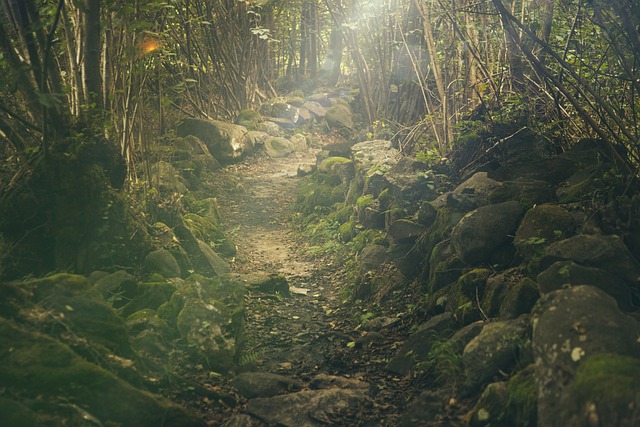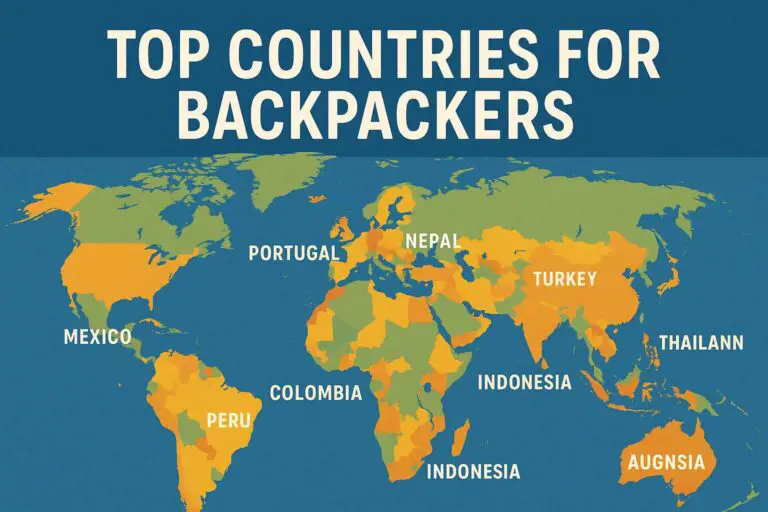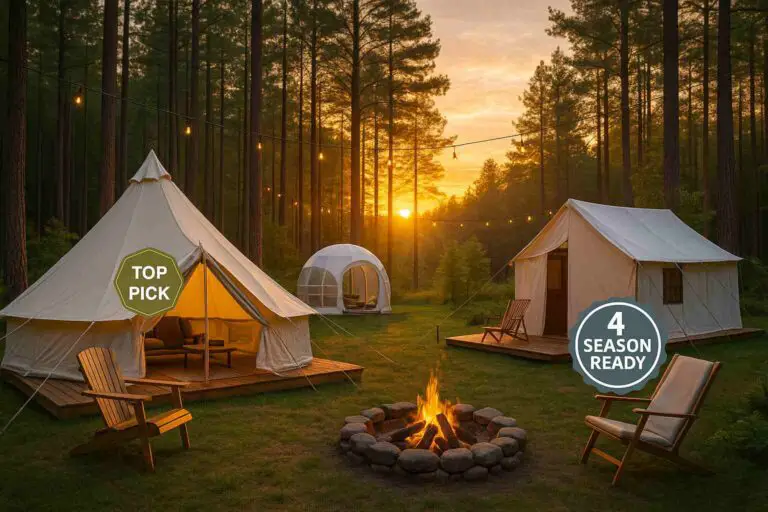Can You Camp on Hiking Trails? For many hikers, camping is an essential part of the outdoor experience. However, with limited camping sites available in many areas, some may wonder if it’s okay to pitch a tent on the hiking trail itself.
The answer to whether or not you can camp on hiking trails depends on the specific rules and regulations of the trail you are on. In general, many hiking trails prohibit camping directly on the trail itself, as it can pose safety risks and have negative impacts on the environment. Additionally, camping on hiking trails may not be allowed due to the potential for wildlife encounters or disruptions to other hikers.
However, some hiking trails do permit backcountry camping in designated areas or campsites. These areas may require permits or reservations and have specific rules to ensure the safety of hikers and the preservation of the environment. It’s important to research the specific trail you plan to hike and familiarize yourself with its rules and regulations regarding camping.
In this post, I’ll explore the rules and regulations regarding camping on hiking trails, the pros and cons of this practice, and alternative options for overnight stays. I’ll also provide some best practices for those who choose to camp on hiking trails. So, if you’re an avid hiker and curious about whether camping on hiking trails is allowed, keep reading!
Understanding Hiking Trail Rules
To ensure a safe and enjoyable hiking experience for all, hiking trails often have specific rules and regulations in place. These rules may vary from trail to trail, so it’s important to research the specific trail you plan to hike before you go. Here are some general rules to keep in mind:
- Stay on the trail: Hiking trails are designed to guide hikers through a specific area while minimizing damage to the surrounding environment. It’s important to stay on designated trails to avoid trampling delicate vegetation or disturbing wildlife habitats.
- Leave No Trace: The Leave No Trace principles are guidelines for minimizing your impact on the environment while hiking and camping. These principles include packing out all trash, being respectful of wildlife, and minimizing campfire impact.
- Respect wildlife: Hiking trails often run through areas that are home to wildlife. It’s important to keep a safe distance from animals and not disturb their natural habitats.
- Practice fire safety: Many hiking trails have specific rules about fires, including where they can be built and what types of fuel can be used. Always follow these rules to prevent wildfires.
- Follow camping rules: If camping is allowed on the trail, be sure to follow all rules and regulations regarding where and how to camp. This may include obtaining permits, camping in designated areas, and properly disposing of waste.
By understanding and following hiking trail rules, you can help preserve the natural environment for future hikers and ensure a safe and enjoyable experience for everyone.
Pros and Cons of Camping on Hiking Trails
Camping on hiking trails can offer some benefits but also has some drawbacks. Here are some of the pros and cons to consider before deciding to camp on a hiking trail:
Pros:
- Convenience: Camping on a hiking trail allows you to wake up early and start your hike without having to drive to the trailhead.
- Scenic beauty: Camping on the trail can offer some incredible views and the chance to be surrounded by nature.
- Flexibility: Camping on the trail can give you more flexibility in terms of when and where you stop for the night, rather than being tied to a campground or lodge reservation.
Cons:
- Safety concerns: Camping on a hiking trail can pose some safety risks, especially if you’re not prepared for unexpected weather or wildlife encounters.
- Environmental impact: Camping on the trail can have a negative impact on the environment, as it can disrupt wildlife habitats, damage vegetation, and contribute to soil erosion.
- Wildlife encounters: Camping on the trail can increase your chances of encountering wildlife, which can be dangerous if you’re not prepared.
Overall, while camping on hiking trails may seem like an attractive option, it’s important to consider the potential risks and environmental impact before deciding to camp on the trail. If you do choose to camp on the trail, be sure to follow Leave No Trace principles and any specific rules or regulations set forth by the trail.
Alternatives to Camping on Hiking Trails
If camping on a hiking trail isn’t an option or you’re looking for an alternative way to spend the night, there are several alternatives to consider:
- Campgrounds: Many hiking trails have nearby campgrounds that offer designated campsites, fire pits, and other amenities. These sites often require reservations, so be sure to plan ahead.
- Lodges or cabins: Some hiking trails have lodges or cabins nearby that offer a comfortable place to stay for the night. These options can be more expensive than camping but may offer more amenities and a higher level of comfort.
- Day hiking: If you’re not interested in camping, you can still enjoy the hiking trail by planning a day hike and returning to your lodging or home at night.
- Car camping: If you have a vehicle, car camping can be a convenient option. Many campgrounds offer campsites that are accessible by car and have space for tents or small trailers.
By exploring alternative options, you can still enjoy the beauty of a hiking trail while finding a comfortable and safe place to spend the night. Remember to always follow any rules and regulations set forth by the trail or campground and practice Leave No Trace principles to minimize your impact on the environment.
Best Practices for Camping on Hiking Trails
If you decide to camp on a hiking trail, it’s important to follow best practices to ensure your safety and minimize your impact on the environment. Here are 7 tips to consider:
- Understand the rules: Before camping on the trail, research and understand the specific rules and regulations for camping in the area. Follow these rules to prevent fines or other penalties.
- Practice Leave No Trace: The Leave No Trace principles are essential for minimizing your impact on the environment while camping. Pack out all trash, properly dispose of human waste, and avoid damaging vegetation.
- Plan ahead: Before hitting the trail, plan out your route, potential campsites, and emergency plans. Be prepared for unexpected weather or wildlife encounters.
- Use designated campsites: If the trail has designated campsites, use them. These sites are designed to minimize environmental impact and ensure safety.
- Be respectful of other hikers: If camping on the trail, be considerate of other hikers by keeping noise levels down and being respectful of their space.
- Set up camp away from the trail: If camping off the trail, set up camp at least 200 feet away from the trail to minimize environmental impact and avoid safety risks.
- Follow fire safety guidelines: If campfires are allowed, follow fire safety guidelines and only build fires in designated fire pits.
By following these best practices, you can help preserve the natural environment and ensure a safe and enjoyable camping experience for yourself and other hikers on the trail.
You might be interested in reading the beginner’s guide to camping.
Conclusion
In conclusion, camping while hiking can be an enjoyable and convenient way to experience the beauty of the outdoors. However, it’s important to follow the rules and regulations of the specific trail you plan to hike and practice Leave No Trace principles to minimize your impact on the environment.
Camping on the trail can pose safety risks and have negative impacts on wildlife habitats and vegetation, so it’s important to consider alternative options like campgrounds or lodges if camping on the trail isn’t allowed or feasible. By following best practices and being respectful of other hikers, you can enjoy a safe and enjoyable camping experience while preserving the natural beauty of the hiking trail for future generations.








